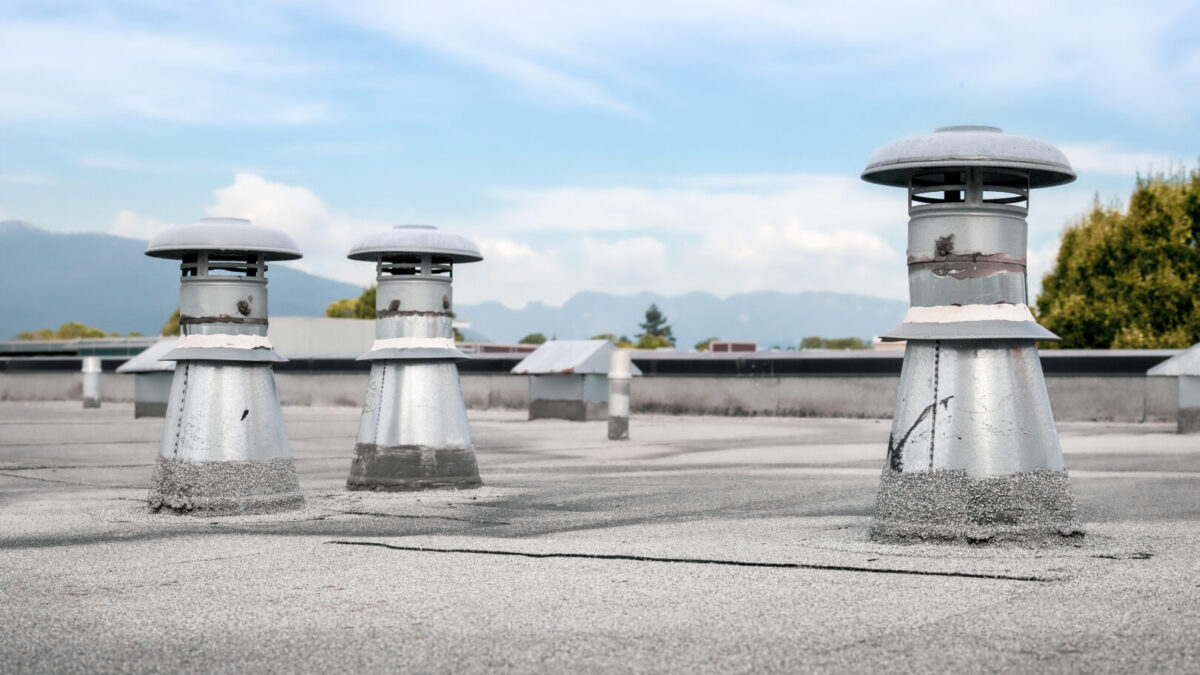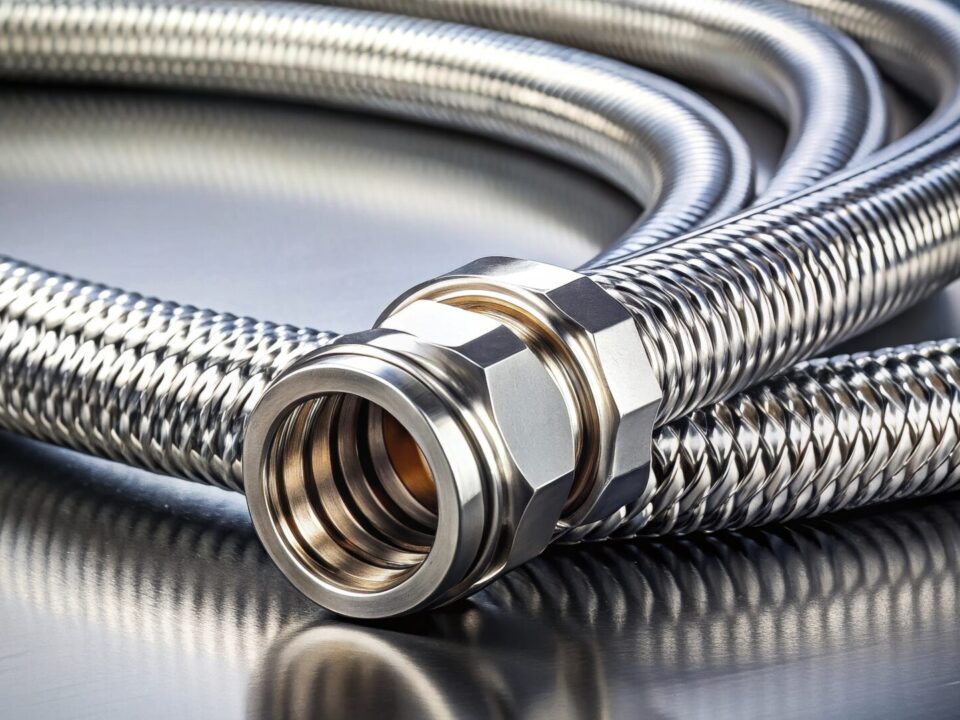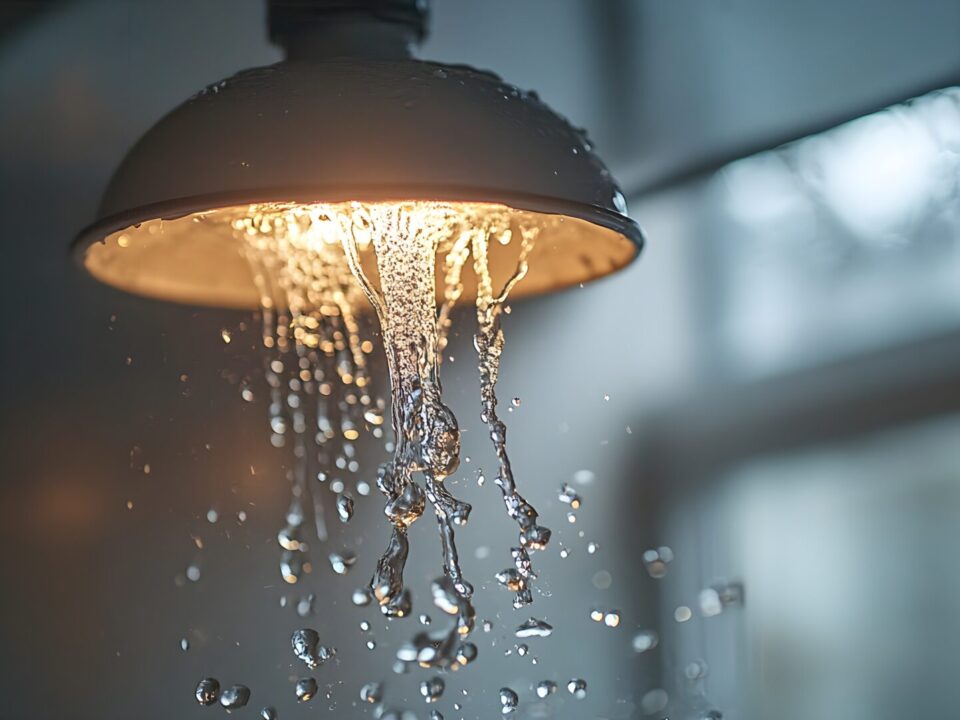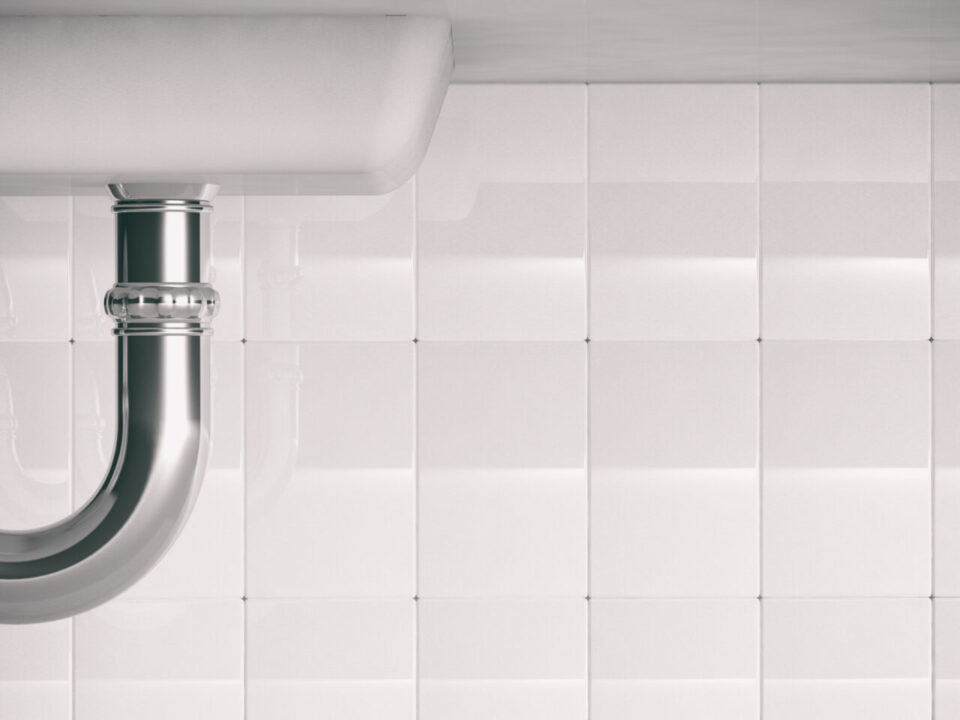You might not know it, but air is as important to your plumbing system as water is. With the help of proper air ventilation, your system flows smoothly and eliminates toxic gases that would otherwise seep into your home. That is – this is how it works when everything is functioning as it should. Like anything else, your plumbing vents can run into a myriad of issues and leave you with some not-so-pleasant problems.
One vital piece of the plumbing airflow puzzle is the vent stack. We’ll go over what this component is, some common problems it encounters, and how you can identify the issues so that you or a plumber can efficiently fix them.
What Is a Vent Stack?
First things first: let’s take a moment to define the vent stack, also called a plumbing stack.
Behind your plumbing fixtures and leading to your roof is a plumbing vent, which helps equalize the water pressure while also removing odorous air and bringing in fresh air. One part of this system is the vent stack. This component sits toward the top of the vent and is the main piece that circulates air. In fact, it never even touches any water. However, it isn’t a small piece, as it is a system that starts slightly above your highest elevation pipe and extends the rest of the way up to the roof. Without a vent stack, your home would be subject to water flow and odor problems, but we’ll talk about that more in the next section.
Identifying Common Problems
While it’s usually best to call a plumber when you notice something is wrong with your plumbing, it never hurts to be aware of what to look out for, especially with vent stacks, as a faulty one can create serious health concerns for you and your family.
There are several signs that your vent stack needs to be examined, but the most prominent one is foul smells seeping up through drains and fixtures. As the vent stack is responsible for keeping these smells out, foul odors are the most common way people realize their vent stacks aren’t working right.
Other than that, you might hear gurgling sounds when flushing or draining; notice your water leaving your drains slower than usual; experience backups in sinks, showers, or toilets; and finally, spot wet walls (though this will usually indicate a problem with the whole plumbing vent, not only the vent stack).
If any of these problems occur in your home, it’s important to contact a professional plumber right away. While there may be some DIY fixes available for certain issues, diagnosing the problem by yourself is difficult, and many problems related to vent stacks require specialized work.
Frequently Asked Questions
Can a vent stack be blocked?
Vent stacks can become blocked, as the outlet of the system goes straight outside. Blockages can occur due to debris, animal nests, or ice. Regular inspections can help identify and clear these obstructions so you can avoid problems.
Can multiple fixtures share the same vent stack?
Yes, it is common for multiple plumbing fixtures to be connected to a single vent stack, provided it is appropriately sized.
How often should I check my vent stack?
Many experts recommend inspecting your vent stack once a year, especially before winter, to ensure there are no blockages or leaks.
Joe the Plumber – Here for All of Your Plumbing Needs
If you’ve identified that your vent stack needs immediate repairs or have any other plumbing issue in the greater Houston area, call Joe the Plumber right away. We have 24/7 emergency services available and can handle virtually any plumbing job, from bathroom plumbing to sewer line services to water heater installations and so much more. Plus, we’re trained and qualified to work on commercial and residential properties alike!
For the best plumbing services around, call Joe the Plumber today. We look forward to working with you!








